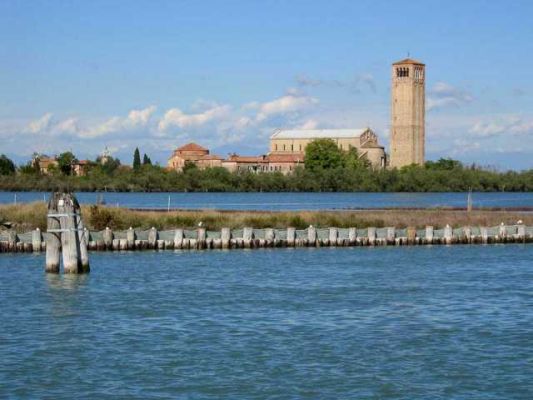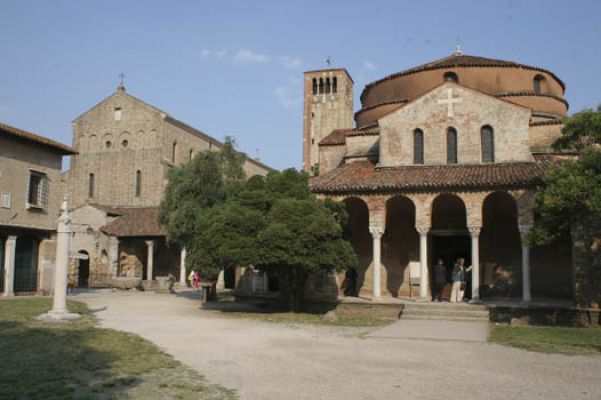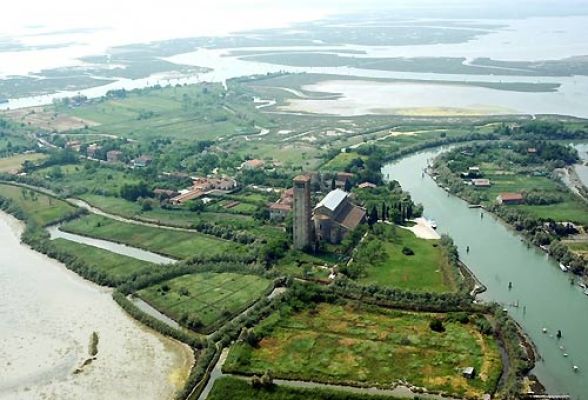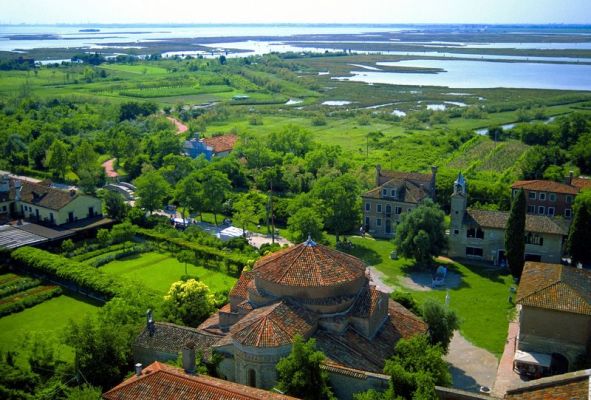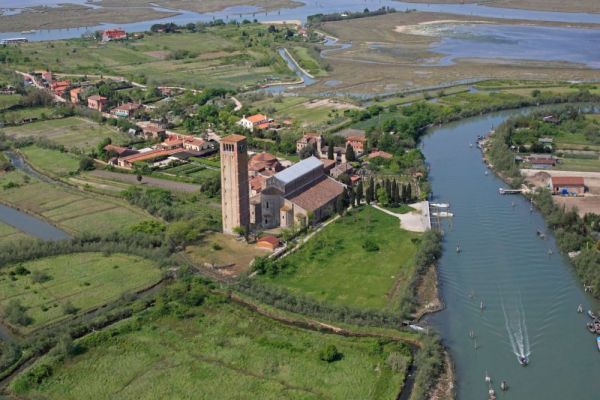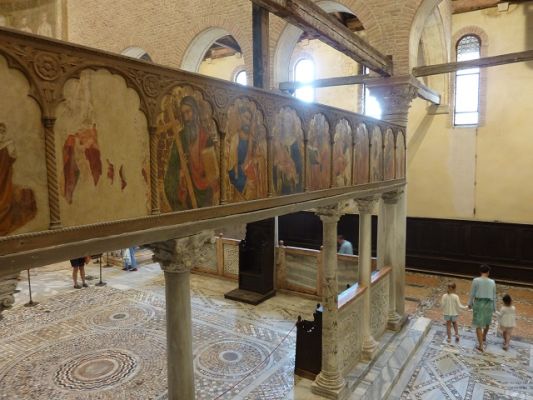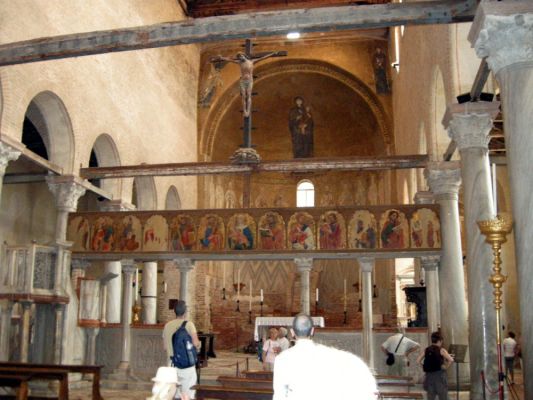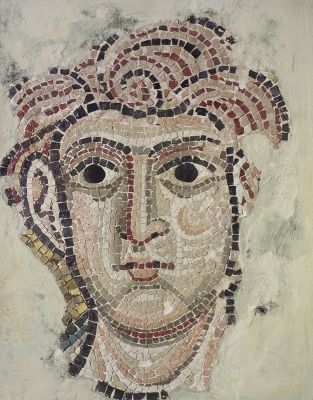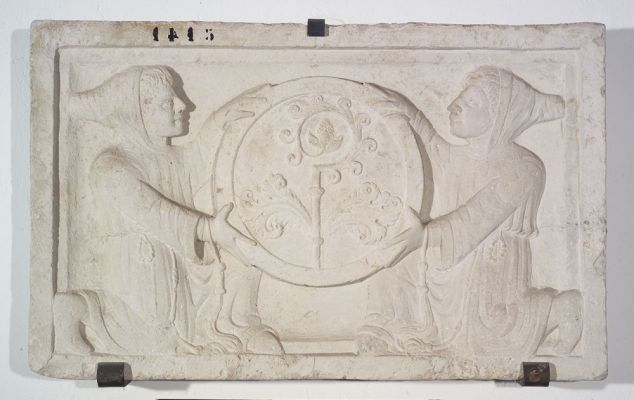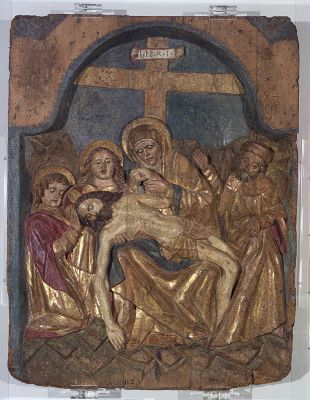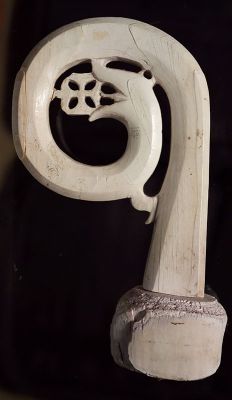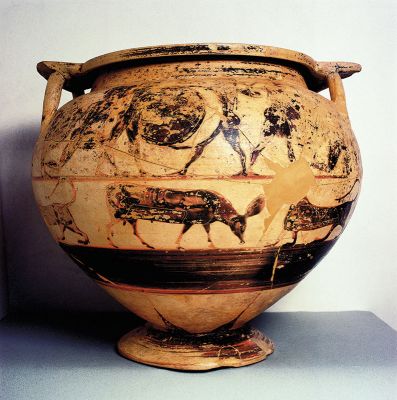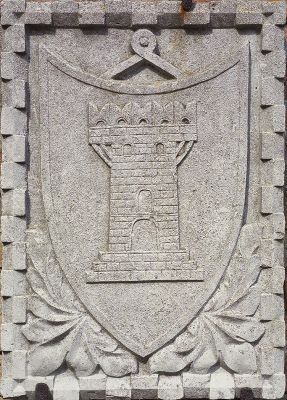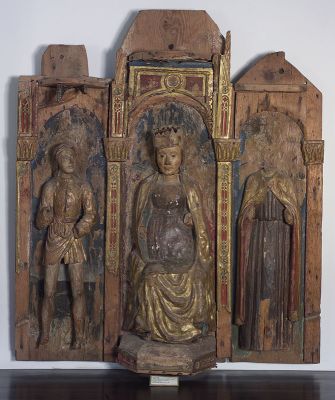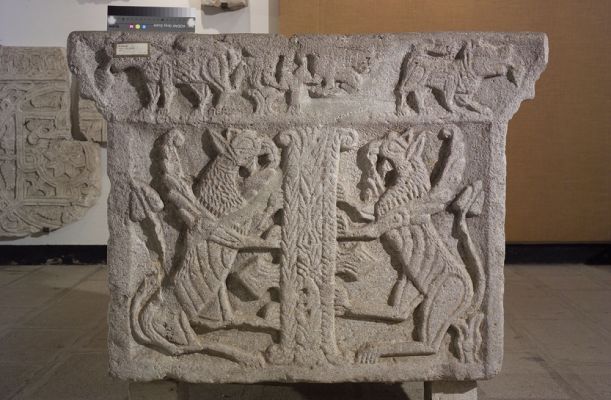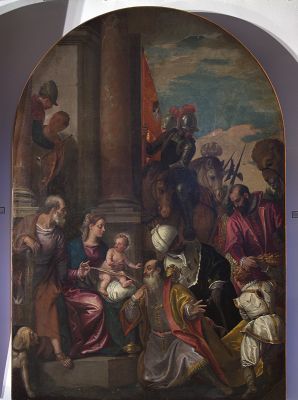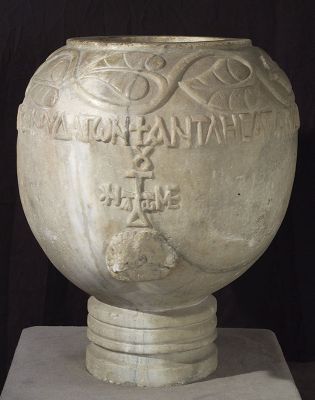-
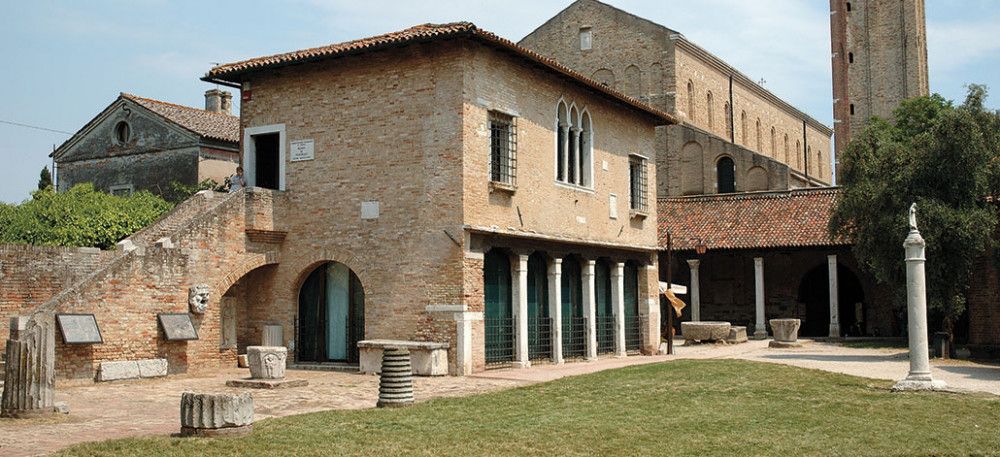
Torcello
Museum
Torcello Museum
Last news
News
Appuntamenti d'estate al Museo di Torcello
The island
The island of Torcello (“Torceło” in Venetian dialect), is located in the Venetian lagoon just north of Burano.
With its inestimable archaeological and natural heritage, the island now has just eleven residents, although it is very popular with tourists who flock there in large numbers.
Although there are not enough reliable documents to reconstruct the history of the lagoon, archeological research would suggest that Torcello was inhabited in the Roman era and part of the territory with Altino as the capital.
From the 2nd century BC, an organized road and inland waterway network radiate from Altino and across the lagoon allowing communication between Ravenna and Altino.
Shipping arrived through the inlet in the outer shore and from here travelled along navigable river to inland city. The islands in the lagoon must have supplied way stations, and therefore would have been populated although probably by hunters, fisherman and salt collectors.
There may have also been suburban villas on the island, as is suggested by some verses of the Latin Poet Martial.
Modern Archeological excavations on Torcello (starting with the Polish Mission in 1961-62) have shown a stratigraphic sequence from the 2nd century to the formation of the first early medieval settlement and confirmed habitation form the 5th to the 6th centuries
When the mainland population retreated to the islands, they were therefore neither unknown nor desert.
Temporary migrations towards the island took place at various stages due to threats from Alaric the Visigoth (401 and 408) Attila the Hun (452) and then Theodoric’s Ostrogoths (489).
In 568 -569 it was the Lombards turn to invade Italy, causing movement of population from the mainland to the lagoon, but unlike before, it was no longer possible to return.
The Lombard Kingdom pushed the Byzantine into the Lagoon, which acquired importance as a strategic location in the new byzantine territories
The civil and the ecclesiastical authorities of the patriarchy of Grado and Aquileia, the Bishops of Altino and Torcello, Oderzo and Heraclius and Caorle all established themselves on the islands.
In 639 when Oderzo (the capital of the Byzantine province of Venetia et Histria) fell to the Lombards, and the imperial government moved to Hercliea Cittanova, the cathedral of Saint Mary Genitrix was built on Torcello
This Church illustrate the Byzantine movement towards the sea and the central importance of Torcello (around which numerous other places in the lagoon like Burano, Mazzorbo, San Giacomo in Paludo, and Murano gravitated ) in early Venetian history.
In 740 – 742 the capital of the Dogeship moved definitively away from the mainland form Heraclius to Malamocco, and finally in 810-811 having avoided being absorbed into the Carolingian Kingdom, the seat power moved to Rialto, which would be the heart of Venice of Saint Mark.
Between the 8th and the 9th centuries the dioceses in the lagoon organized themselves with Torcello being one of the biggest.
It was therefore the northern lagoon (Torcello, Lio Piccolo, San Lorenzo in Ammiana e San Francesco del Deserto) the population expanded before it did in Rialto, and Torcello was the center of economy of the area.
When Venice began life in the 9th century, the seat of power moved to Rialto. From then on, especially in the two following centuries, the Venetian navy suppressed piracy in the northern Adriatic sea. Venice gained political influence on the Dalmatian coast and its role as a hub of commerce and meeting point between the Byzantine empire, the west and Islam grew.
The island’s role changed with the ascent of Rialto, which took over Torcello’s commercial function as a “mega emporium”. The island became a centre of religious life, capital of a large diocese with a prestigious cathedral, restored and splendidly refurbished with the support of the doge in 1008.
Torcello was downgraded to a municipal authority and began to decline, exacerbated by the drop in population numbers caused by the plague and the environmental problems that made the area marshy and unhealthy with malaria and turned flourishing inhabited islands first into monasteries (Costanziaca and Ammiana), then into abandoned reed beds and sandbanks.
Whether through lack of knowledge or lack of will, the process of decline was not remedied and Torcello was left to meet its fate.
Fishing and shipbuilding, Torcello’s main activities, began to face ever greater difficulties and the economy gradually became one of subsistence. No financial resources were available for sea defences to prevent loss of farmland and no workforce was available to cultivate it. The abandoned buildings were dismantled and sold for new construction in Venice.
The Bishops of Torcello left the island, preferring to live in their own houses in Venice, until they relocated to a bishop’s palace on Murano in the 17th century.
In 1818, the diocese was suppressed and the Cathedral of Santa Maria Assunta and the entire bishopric was absorbed into the Venetian patriarchate.


